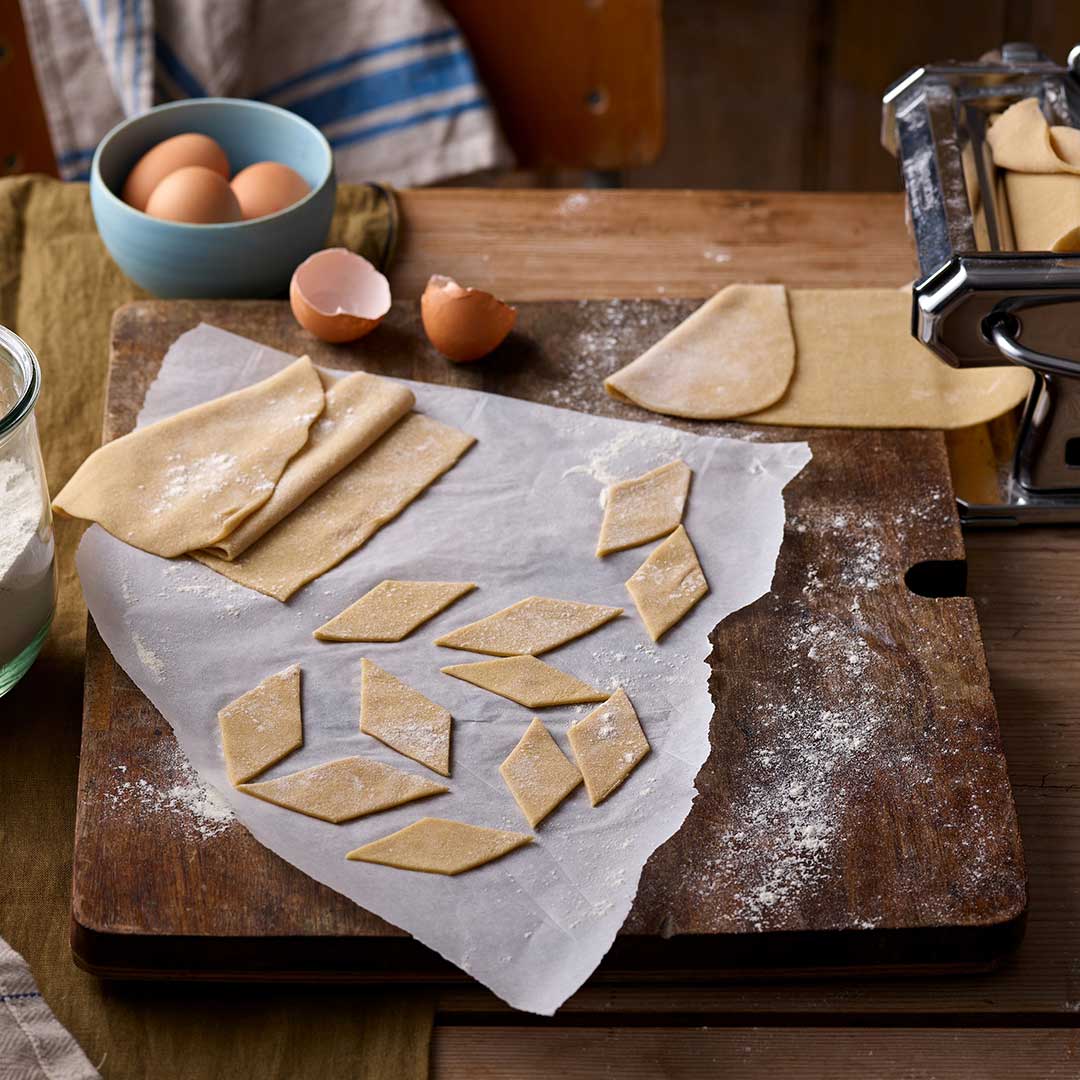
No reviews yet. Be the first to review this recipe.

Pasta Flour Maltagliata Pasta Shapes
No reviews yet. Be the first to review this recipe.
About this recipe:
Children of all ages will enjoy making and eating this simple type of pasta which is cut into small square, diamonds or triangles. In Italy these odd shapes are known as Maltagliata, ‘badly cut’ pasta.
Equipment:
pasta machine or rolling pin, large 2lt saucepan and mixing bowl
Ingredients:
MALTAGLIATA PASTA SHAPES
80g Doves Farm Organic Pasta Flour
pinch of fine salt
1 egg
flour, for dusting
TO COOK FRESH PASTA SHAPES
2l water
1 tsp salt
olive oil
Method:
Fresh Pasta Dough
- Put the flour and salt into a mixing bowl and stir to combine.
- Make a depression in the middle of the flour.
- Break the egg into the middle of the flour and beat with a spoon, allowing a little flour to be incorporated each time you stir.
- Continue stirring as the flour mixes in, eventually forming a dough.
- Gather the dough together and knead it for 100 presses to make a smooth ball of dough, adding a little flour only if needed.
- Cover and leave the dough to rest for 15 minutes.
Maltagliata Shapes Made Using a Rolling Pin
- Sprinkle flour over the table and rolling pin.
- Cut the pasta into four pieces.
- Roll out each piece of dough until it is 1mm/1/32” thick, turning it over regularly and dusting lightly with flour.
- Using a knife, cut the pasta into small squares, rectangles or triangles of a similar size so that they will cook evenly.
- Dust the uncooked pasta with flour to stop it sticking and lay it out, for an hour to dry.
- Uncooked pasta can be chilled for up to 24 hours before using.
Maltagliata Shapes Made Using a Pasta Machine
- Dust the pasta machine and the table liberally with flour.
- Cut the pasta dough into four pieces.
- Flatten each piece of dough and pass it through the widest, flat roller of a pasta machine to make a rectangle.
- Fold the rectangles in half and pass it through the roller again and lay the rectangles on the floured table. If the dough seems sticky, dust it with flour.
- Do this a couple more times.
- Decrease the roller width 3 or 4 notches and pass the rectangles through a couple of times, to make longer rectangles.
- Reduce the roller width a couple more times, lightly dusting the pasta with flour until it is 1mm/1/32” thick.
- Using a knife, cut the pasta into small squares, rectangles or triangles of a similar size so that they will cook evenly.
- Dust the pasta shapes with flour to stop them sticking and leave for an hour to dry.
- Uncooked pasta can be chilled for up to 24 hours before using.
To Cook Fresh Pasta Shapes
- Put the water and salt into a large 2lt saucepan and bring it to a rolling boil.
- Add the pasta and stir to ensure it is free flowing in the water.
- Cook for 3-6 minutes, depending upon the size and thickness of the pasta.
- To test if the pasta is cooked, carefully remove a piece of pasta from the pan, cut it with the side of a fork and if the pasta resists continue to cook the pasta.
- When cooked drain the pasta, sprinkle with a little olive oil, stir and serve immediately.
Leave a review?
YOU MAY ALSO LIKE
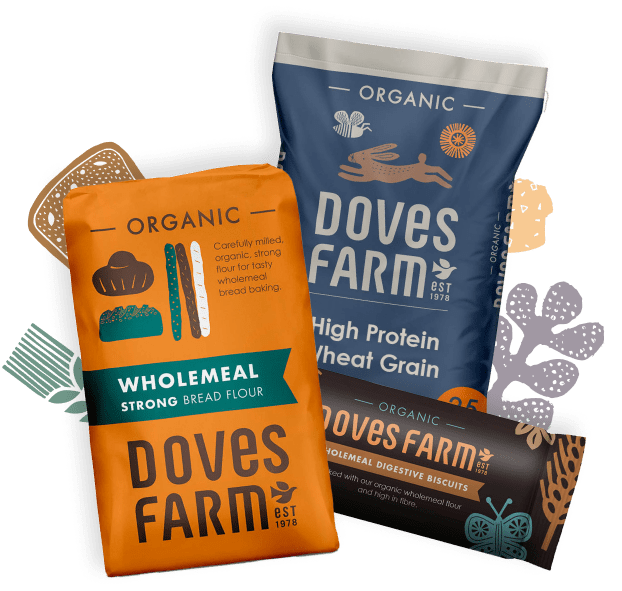

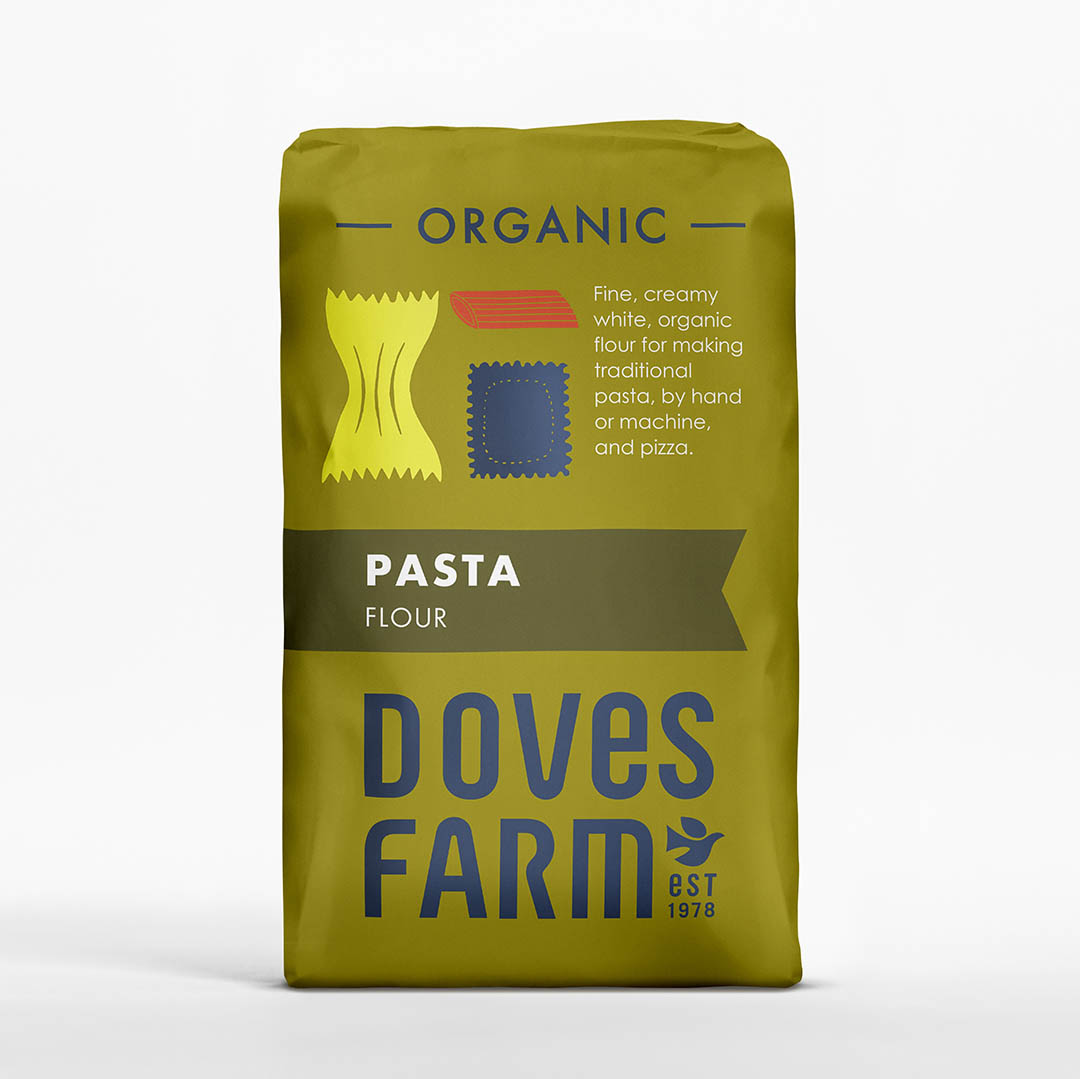
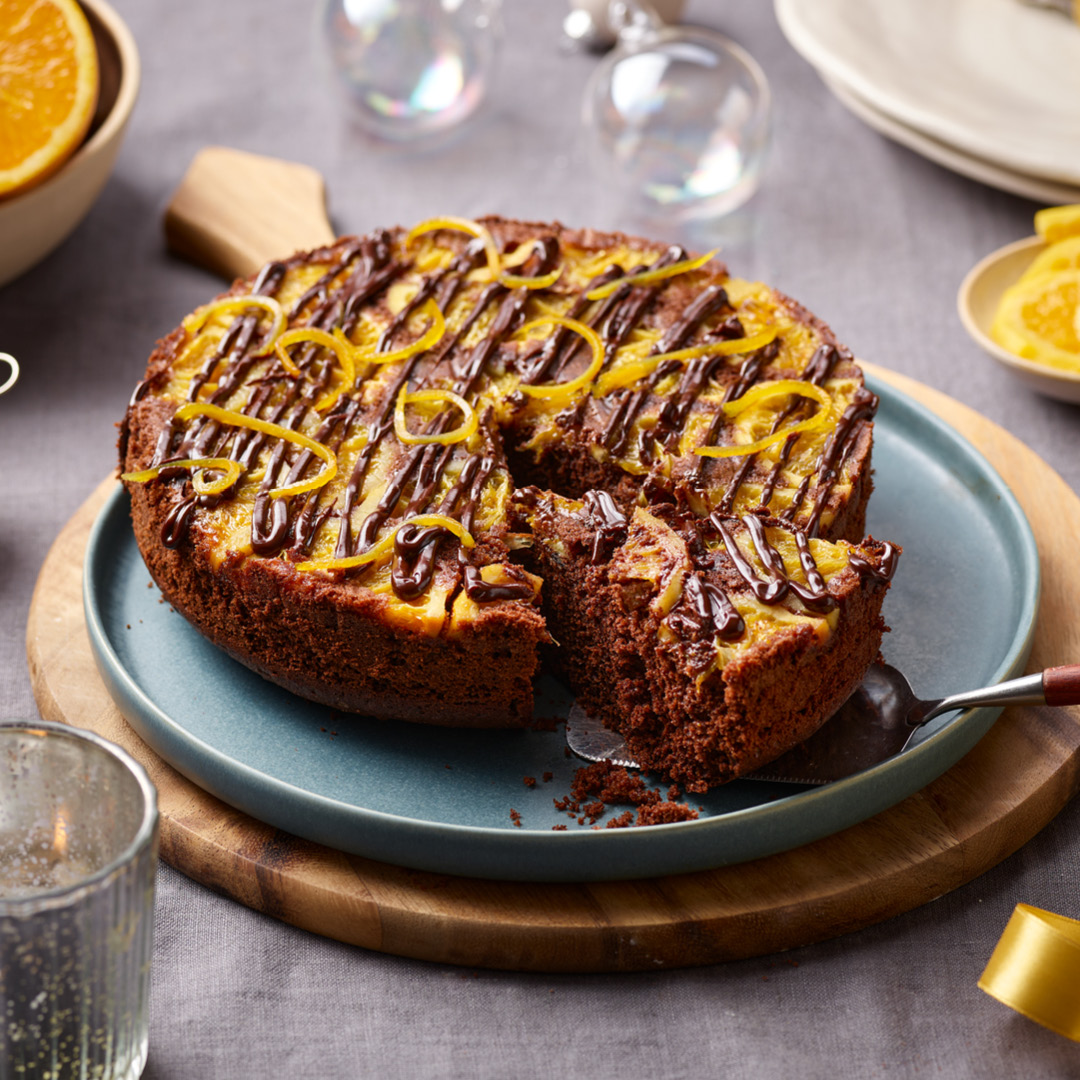
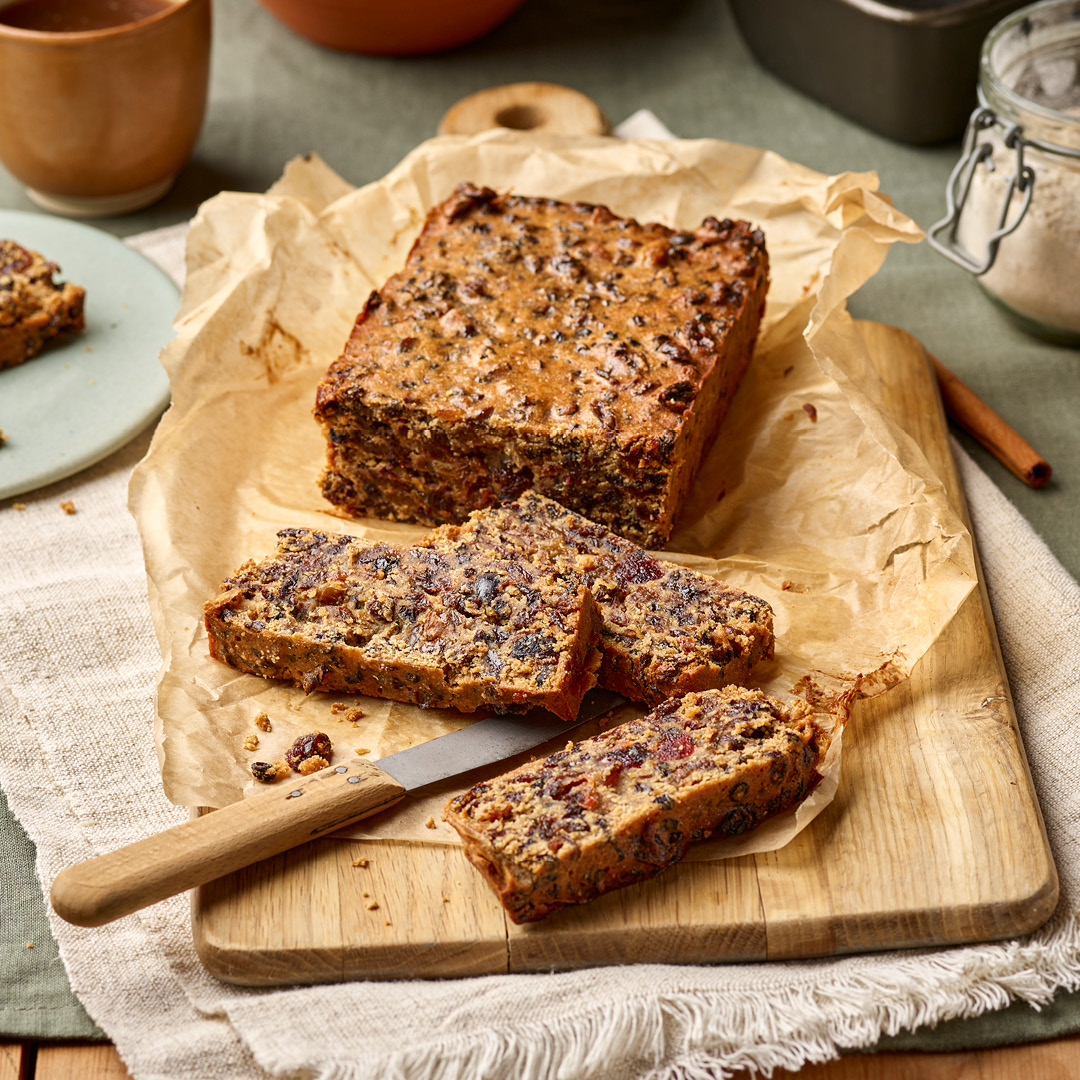
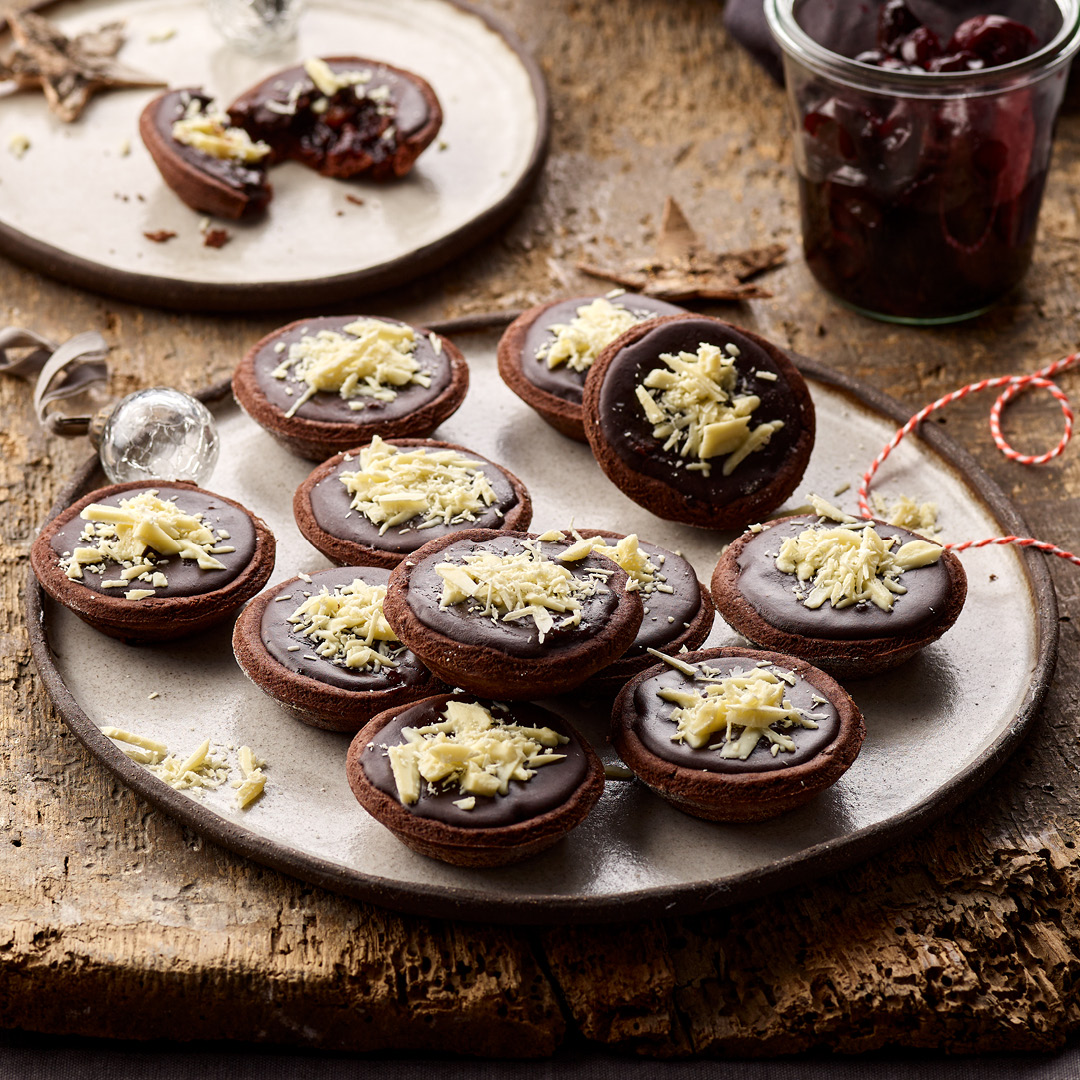
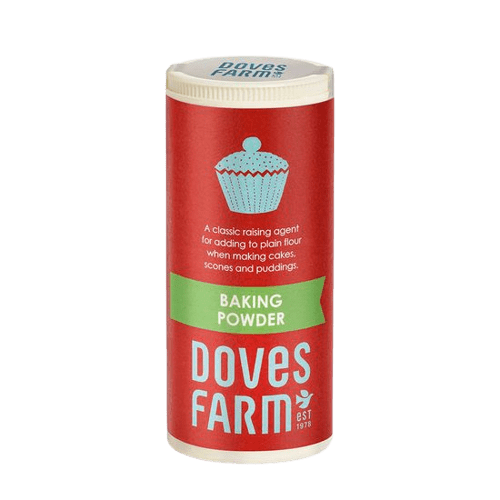
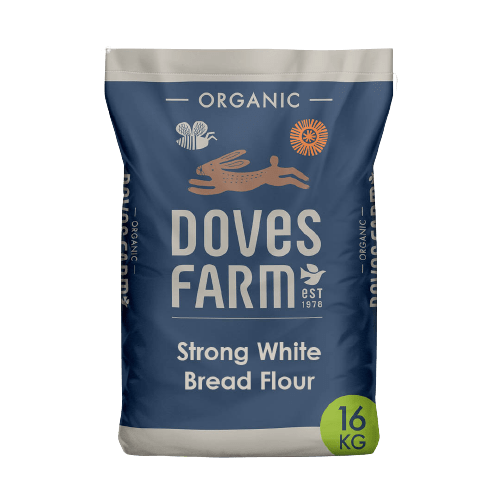
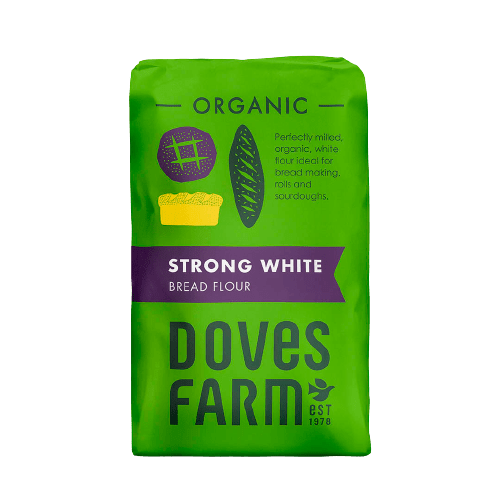
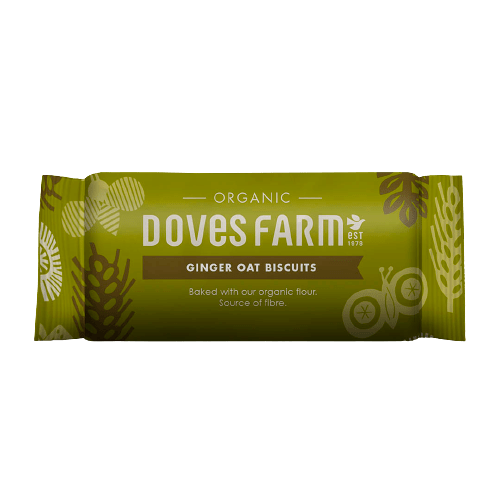
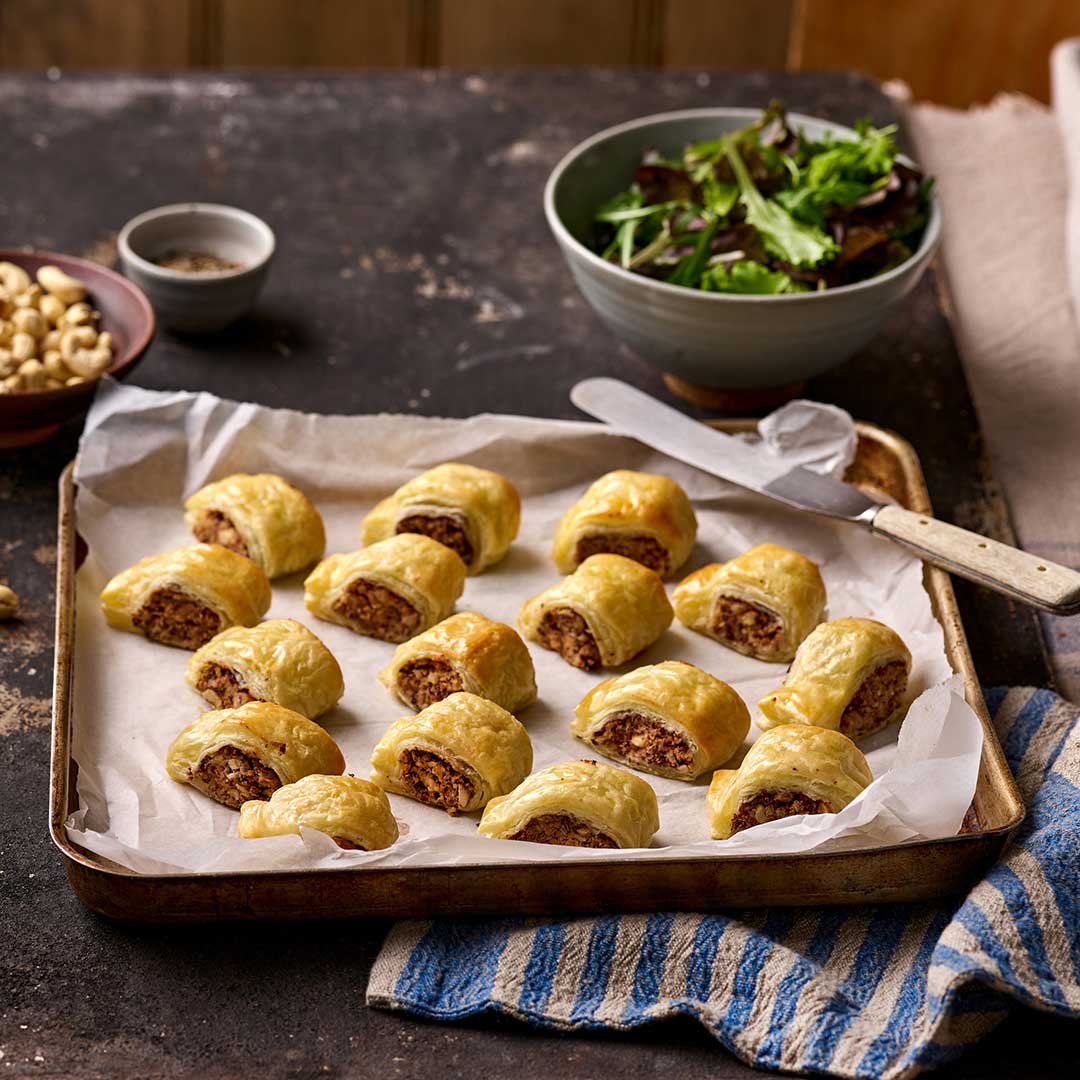
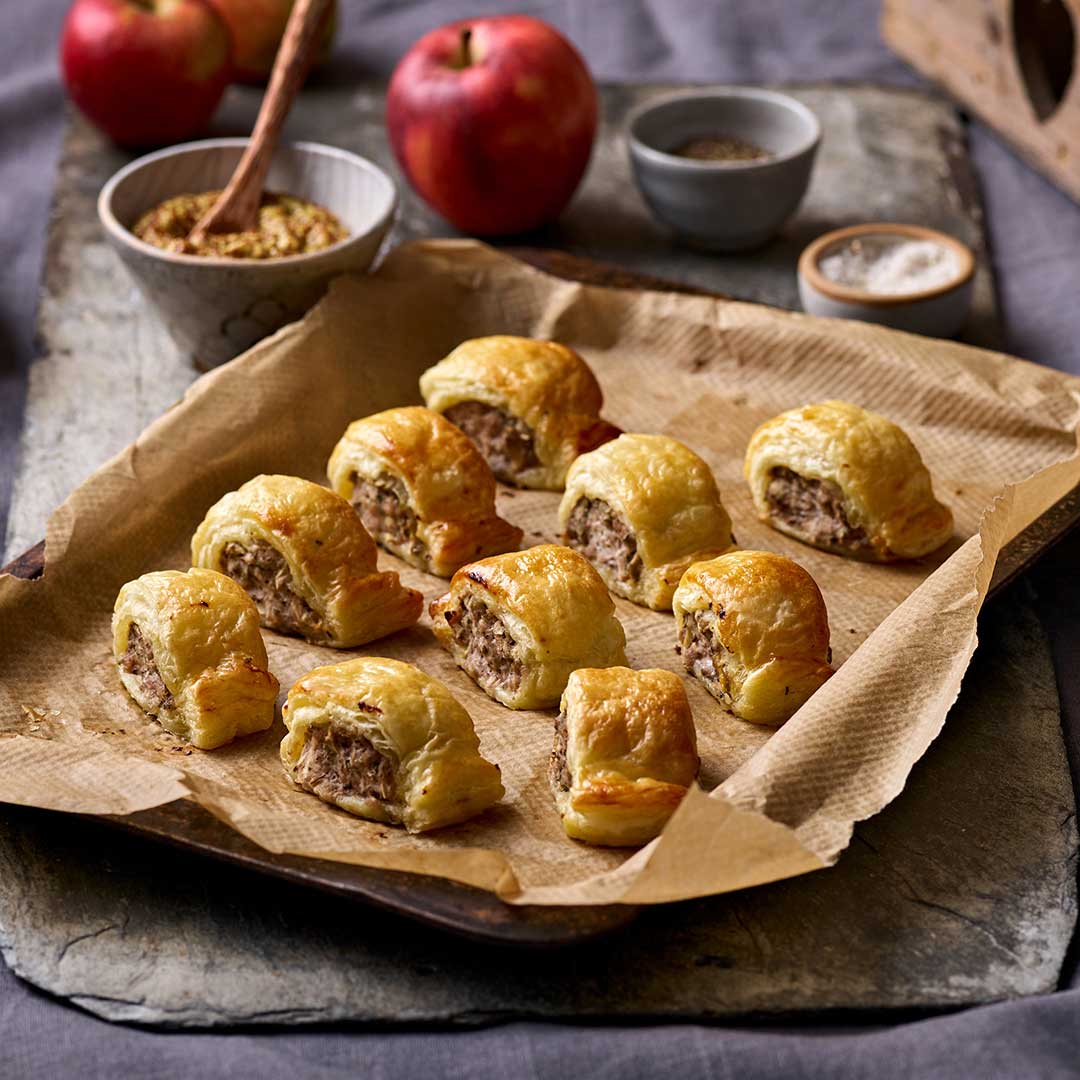
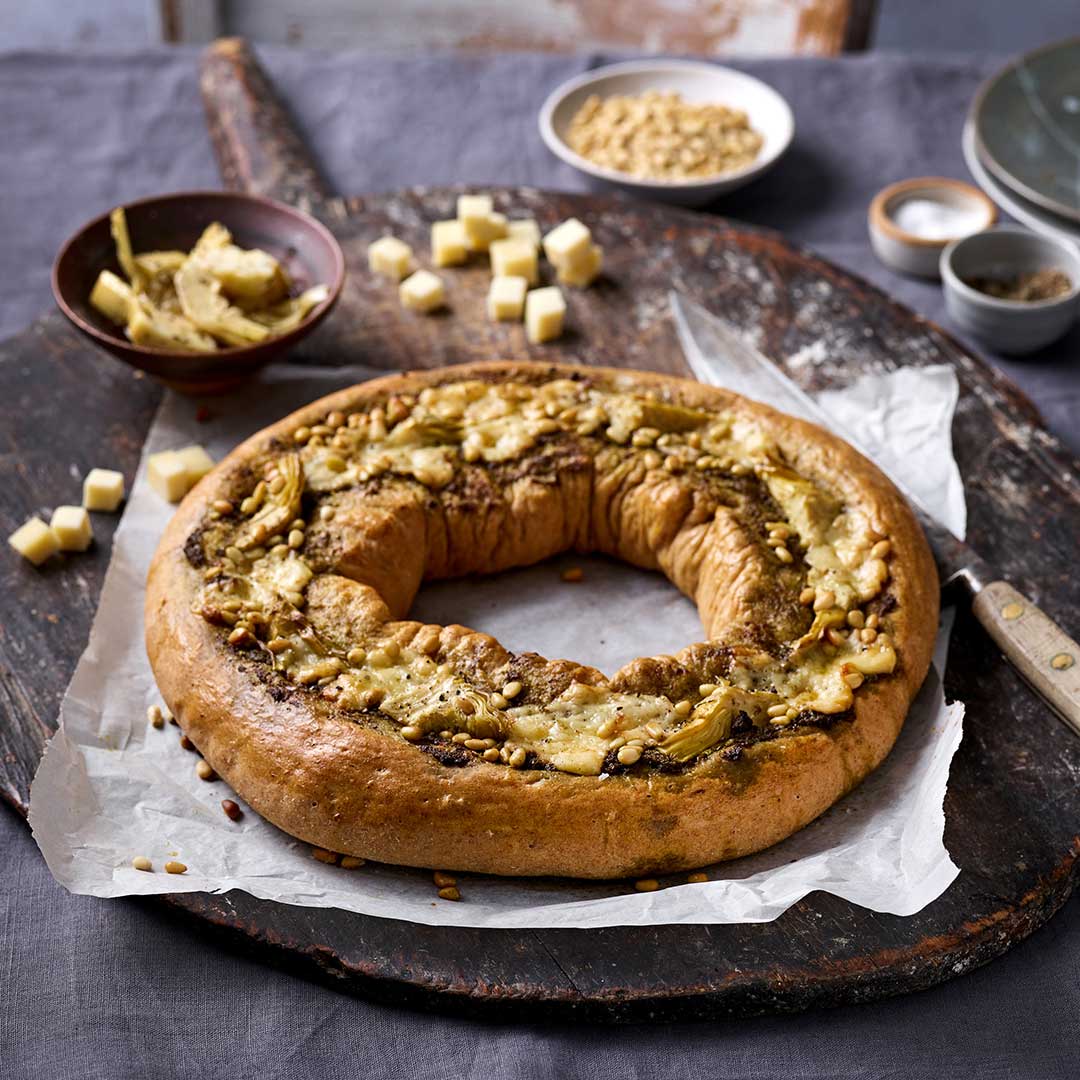
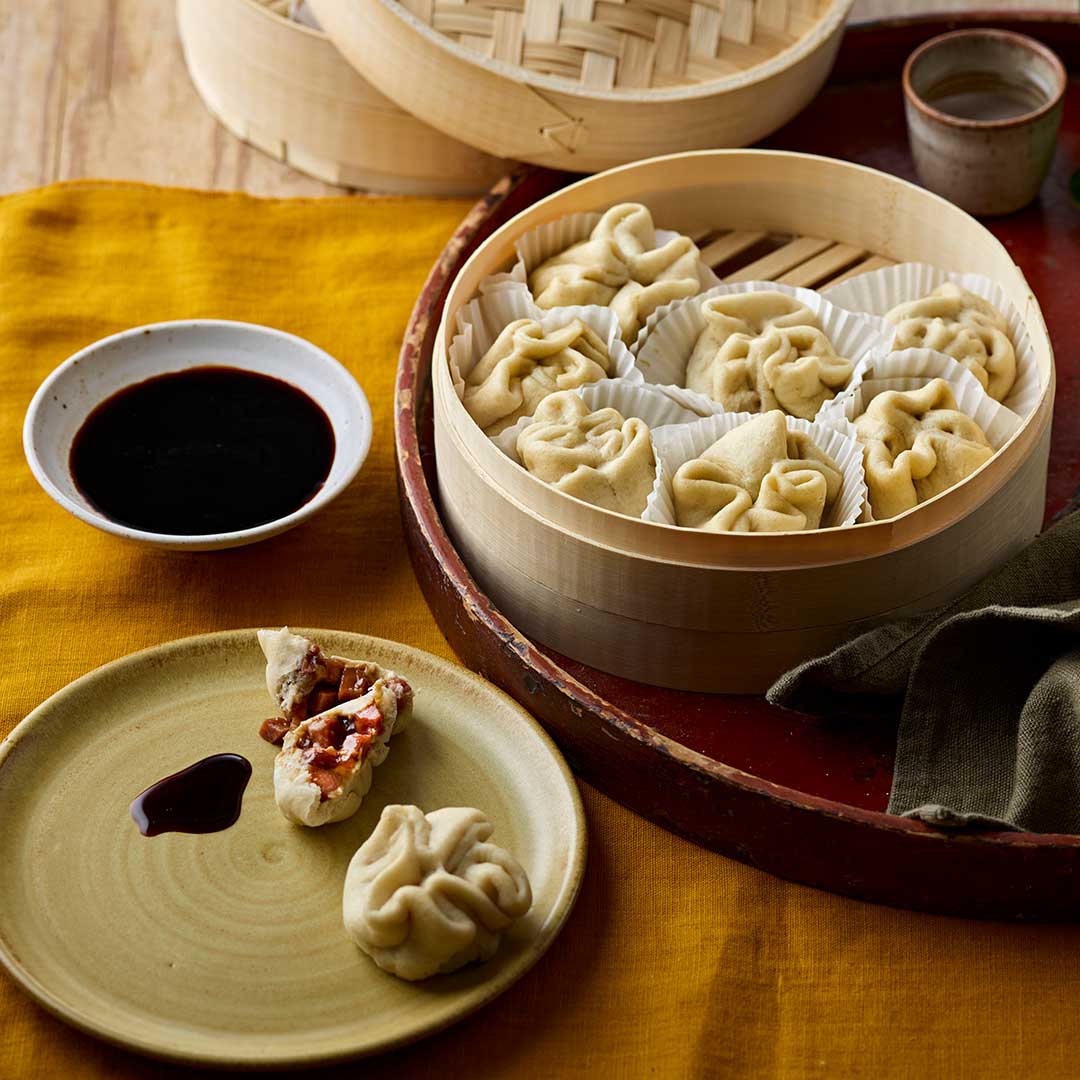






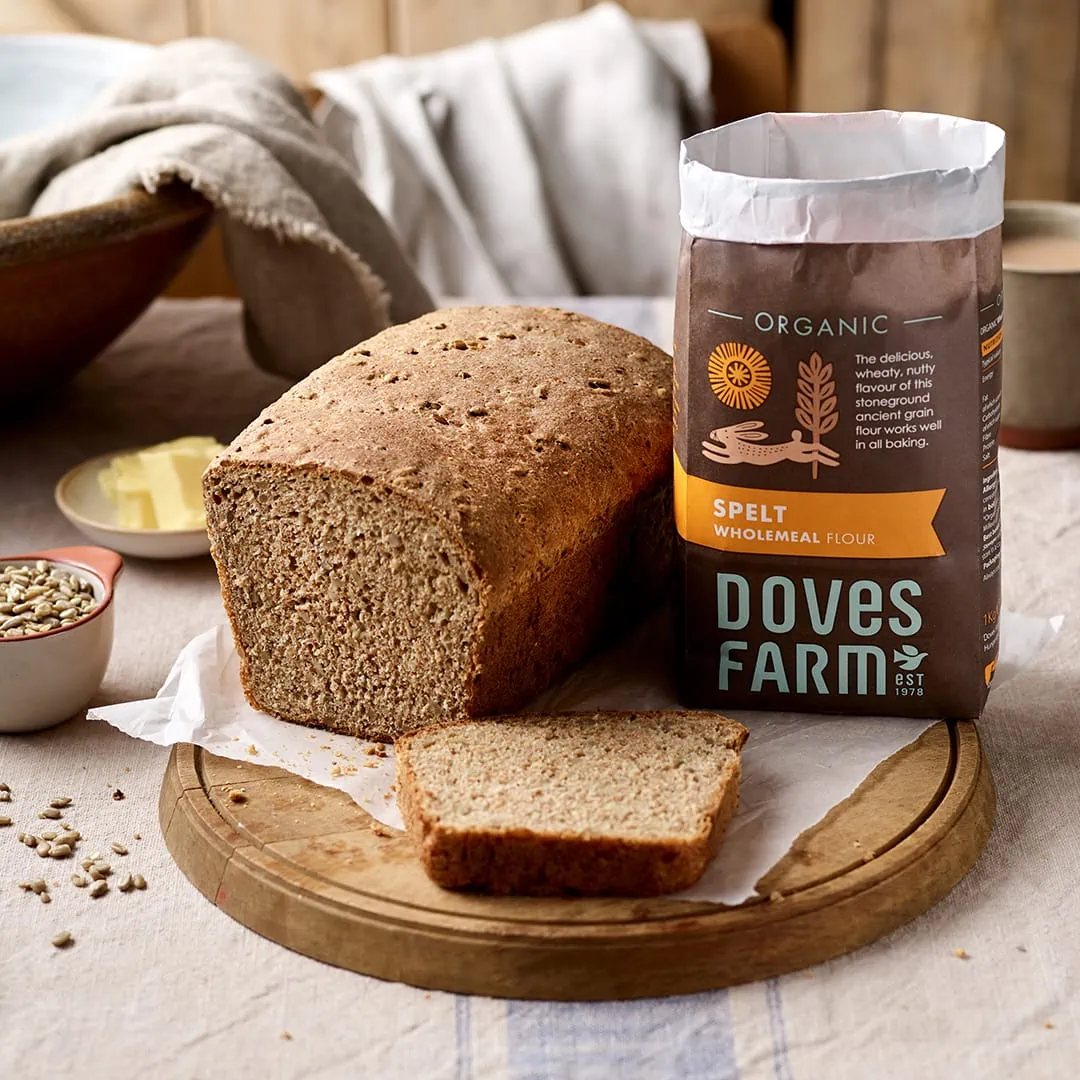
Leave a Reply